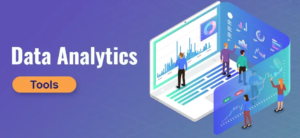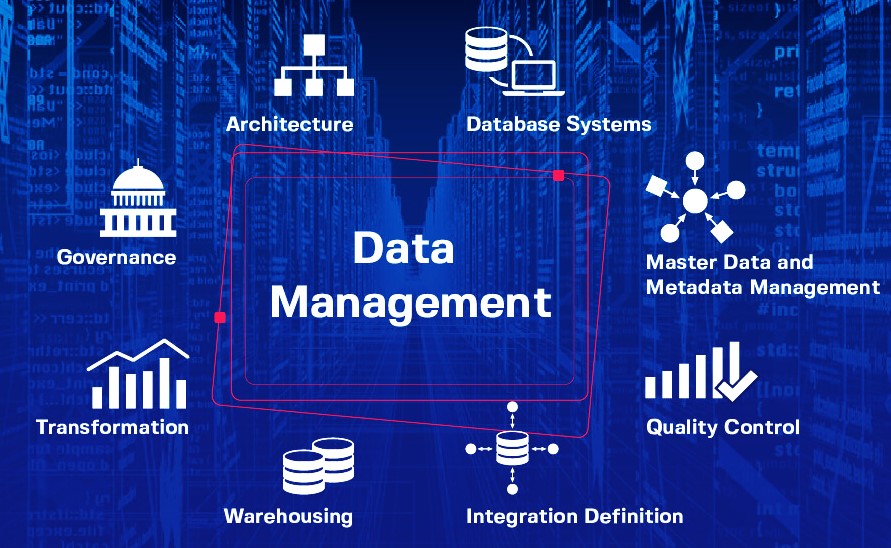In today’s data-driven world, effectively managing and analytics data has become crucial for businesses to gain insights, improve decision-making, and remain competitive. Organizations gather large volumes of data from various sources, but the value is quickly recovered with appropriate organization and analysis. Data management involves storing, securing, and organizing data, while analytics helps uncover patterns and trends that can guide business strategies. Implementing robust data management solutions ensures that companies can make the most of their data, transforming raw information into actionable intelligence for growth and innovation.
The Role of Data Analytics Tools
Large volumes of data can be handled via data analytics tools, which can be used to find insights, correlations, and hidden patterns that might not be immediately obvious. These tools allow businesses to predict trends, identify inefficiencies, and streamline processes. Comprehensive data analytics enable organizations to move beyond gut feelings and make decisions based on empirical evidence. Companies that adopt data analytics are more likely to outperform their competitors. Companies can gain a competitive edge by employing data to enhance product offerings, optimize supply networks, and better understand consumer behavior.

Benefits Across Various Industries
Healthcare
Data analytics in healthcare has the potential to significantly improve patient outcomes by predicting health issues and personalizing treatment plans. It can detect early signs of diseases, enable timely interventions, and reduce healthcare costs. Predictive analytics can identify high-risk patients, implement preventive measures effectively, and streamline hospital operations, ultimately enhancing the quality of care.
Finance
Data analytics tools in finance assist in managing risks and detecting fraud by analyzing transaction patterns and customer behavior. They enable quicker identification of fraudulent activities, improved risk management, and better decision-making. Real-time analytics improve regulatory compliance by offering a clear view of financial operations and enhancing client advice.
Retail
Retailers use data analytics to enhance customer experiences, optimize inventory, and forecast demand trends. This enables them to tailor marketing strategies to individual consumer preferences, increasing customer satisfaction and loyalty. By analyzing purchasing behaviors and browsing history, retailers can personalize offers and recommendations, driving sales and increasing customer lifetime value.
Choosing the Right Analytics Tools
Organizations must align their selection with their specific needs and capabilities when choosing analytics tools. Different tools offer varying functionalities, from simple data visualization to advanced predictive analytics, so understanding the company’s goals is crucial. The correct fit is also largely determined by other important considerations, such as the team’s level of skill, the budget, and the current IT infrastructure. An overly complex tool overwhelms a more minor squad, while a basic one may not meet the demands of a larger, data-driven organization. Tailoring the choice of analytics tools ensures effective data utilization and better decision-making outcomes.
Steps to Implement Advanced Analytics
- Assess Your Needs: Understand your organization’s specific analytics requirements. Conduct a thorough analysis to identify critical areas where data analytics can provide the most value.
- Select the Right Tools: Choose tools that fit your needs and integrate well with existing systems. Consider features, user-friendliness, and compatibility with current technology stacks.
- Train Your Team: To ensure that your employees are making the most of the analytics tools, give them training. This could involve formal courses, workshops, or hands-on training sessions.
- Ensure Data Quality: Maintain high standards for data quality and governance policies. Implementing regular data audits and validation procedures can help maintain data integrity.
- Analyze and Adapt: Analyze the results and adapt strategies for continuous improvement. Use feedback loops to refine analytics processes and ensure they evolve with the organization’s needs.


